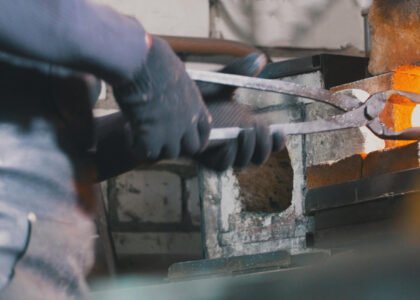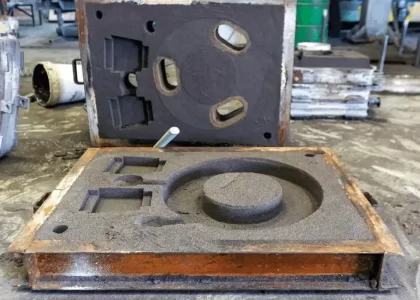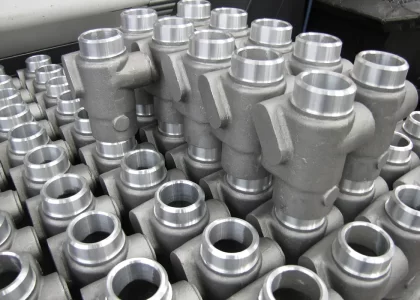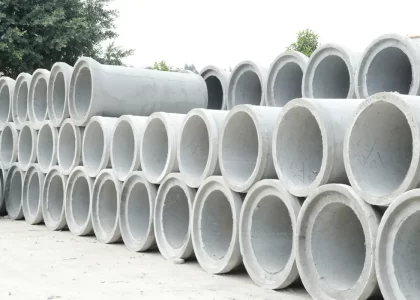“What does ‘casting and forging’ mean? Learn about shaping metals!” Metal
castings and forgings are important parts made by foundries and forges. These places help create different metal pieces, like car crankshafts, bearing caps, valve bodies, axle tubes, carriers, gear blanks, and flanges.
Foundries make castings by shaping metal using molds. Forges make forgings by heating metal in a fire and giving it a specific shape. Even though castings and forgings might seem similar, they have unique differences.

Differences Between Forging and Casting Methods
Making things from metal is really important, and there are two main ways to do it: casting and forging. Casting means making a mold and pouring in hot metal so it cools and gets the shape you want. Forging is different – it’s about using heat and force to shape solid metal.
There are different types of casting, like mold, sand, gray iron, investment, rapid, and die casting. Forging has warm, cold, drop, impression, and press forging. Metals such as steel, iron, aluminum, stainless steel, and titanium are used a lot in both casting and forging. Some metals, like copper, tin, magnesium, and zinc, are only used for casting. And besides metal, casting can also be used for making sculptures from plaster, concrete, synthetic resin, and other materials that harden.
Casting and forging each have good and not-so-good things. Casting is good because you can make all kinds of shapes without worrying too much about size or weight. You can even mix different metals together. Forging is good because the metal ends up strong and can handle wear and tear well. It’s as tough as expensive alloys, and you won’t have problems like holes or gaps.
Choosing between casting and forging can be tricky because both ways have their own good and not-so-good sides. It depends on what you’re making and what you need it to do.





